Let’s be honest, that intense aroma of homemade desi ghee, smooth golden texture, and its nutty flavor – it’s literally the best. Desi ghee (clarified butter) is a healthy fat that has been a staple since ages in Ayurveda. Desi ghee has no bad effect and in fact, help maintain the needed equilibrium. Therefore, cow ghee benefits as nectar. It provides protection against several disease by strengthening your immunity. Now the question is – Where can I buy Desi Cow Ghee? Buy ghee online at our online store. Visit our website https://sureshdesighee.com/ to know more.
More and more chefs and nutritionists across the world are talking about the wonders and benefits of cooking with desi ghee. Ghee has a much higher burning point than oil or butter, making it an especially versatile medium for cooking. You can use it as a spread, sauté with it, and deep fry food in it. Whatever you do, you’ll be relishing the taste.
And what’s more, it’s super healthy. Ghee contains fats that are actually good for you. It helps weight loss, rather than causing you to pile on the kilos. Naturally present saturated fats, such as those found in grass-fed organic ghee, are actually beneficial for your health.
Ayurvedic Perspective On Ghee
Since the composition of desi ghee is transformed due to heat, it’s stable than milk to provide you with complete nourishment. Ghee is sweet in nature, however, depending upon the type of butter chosen for its preparation, the actual nature might differ. Unsalted grass-fed butter is heated. Once it foams up, separate the accumulated (milk) solids and strain the rest. The golden liquid you get here is homemade desi cow ghee. This is an ultimate tonic and a rejuvenator.

- Ghee Has Anti-Cancerous Properties: Desi Cow ghee benefits to increase and enhance the enzymes that restrict the activation of cancer-causing substances. As opposed to vegetable oils, ghee prevents the formation of harmful free radicals.
- Ghee Promotes Weight Loss: Desi ghee benefits in utilizing the stored fat in the body to be burned as fuel that’s required to keep you energized. This, in turn, manages your weight and not lets you put on any extra pounds.
- Ghee is Lactose & Casein Free: Lactose and casein sensitivities are uncomfortable. They can develop painful allergies that go from mild to severe. However, desi ghee is made with proper skimming and straining, plus the milk solids are removed hence it’s neutral.
- Ghee Is Beneficial In Pregnancy: Ayurveda has determine the consumption of pure cow desi ghee with milk during pregnancy along with saffron (1 to 2 drops), honey (3 to 4 drops) and a little bit of turmeric. This beverage is believed to boost immunity, promote a safe delivery and brain health of the baby.
- Ghee Is Nourishing & Lubricating: Being sweet and a satvik food, desi ghee is nourishing for the body. It promotes strength, better immunity, vitality, stable mental functioning, and an excellent overall health.
- Combats Vata Doshas : A constitution of an individual depends on the combination of three doshas Vata, Pitta and Kapha. The balance between these doshas brings the balance of mind, senses and soul in a state of pleasantness. Due to mild hot in nature ghee combats Vata, Regulates fire energy from the gut through the rest of the body to balance the Pitta and boosting energy flow in the body representing the air element to balance Kapha.
- Nasal drop Therapy : A therapy that fights against germs and improves respiratory functions by smearing a few drops of warm ghee in a blocked nose and removing harmful toxins which also aids in lubricating the dry nose, clears the nasal passage, thereby combating congestion and improving breathing.
- Reduce Throat Irritation : Antibacterial properties of ghee helps to combat harmful bacteria causing cough and other infections. Due to the presence of fatty acids in pure cow ghee calms the throat irritation which is caused by too much coughing. Consumption of ghee functions in complete absorption of the vitamins and minerals which boosts the immune system and tackles colds and coughs.
- Acts as An Insulation : One of the key functions of ghee is that it can prevent the cold from catching into the body. By having a body application of ghee during winter which creates an insulation that shields the body against cold.
Cow ghee benefits to strengthen body tissues. It lubricates the joints, softens the skin, brightens the complexion, clears your throat, augments intellect, improves vision, and stimulates all your senses.
Read our blog – Why The Pure Desi Cow Milk Ghee Is Costlier Than Normal Ghee?

The Ayurvedic Method of Preparation
The cows at the farms from where we source our ghee are only allowed to munch on grass that is 100% pesticide and chemical free. This is important- because cows that only eat organic grass produce milk high in CLA.
What is CLA, you ask. CLA stands for Conjugated Linoleic Acid, “an antioxidant and essential fatty acid that reportedly exhibits anti-carcinogenic and other beneficial physiological effects.” Milk rich in CLA in turn leads to ghee rich in CLA.
This method of making organic ghee has been tried and tested for over 5000 years. First, organic whole milk is completely churned, by hand, to make curd. This curd is then further churned to make butter. This butter is heated on a stove and voila. You have beautiful, fresh Organic Ghee. All the dairy products used to make the organic ghee are themselves 100% organic, across the board; and the methods for their preparation are followed to the letter.
Ayurveda considers ghee to be a “super food”, and prescribes it medicinally to help in problems related to the eyes and nose. Ghee sourced from Farm’s Organic is medicinal in nature, as they follow the texts laid down in Ayurveda.

Read Our Blog: COW’S GHEE HELPS IN CANCER
Ways to Use Ghee
Ghee is excellent for cooking and sautéing. Because it has a high smoke point and thus doesn’t create carcinogenic free radicals when brought to a high heat. This means it is one of the safest oils to cook with (along with coconut oil and butter).
You can also try these ways to use desi ghee.
- Melt over steamed vegetables, potatoes, or rice.
- Spread it on toast instead of butter.
- Add a teaspoon of desi ghee to your hot breakfast cereal.
- Add desi ghee to your coffee—sounds strange, but it’s delicious.
- Sauté your culinary spices in desi ghee and add to soups, stews and kitchari.
And, if you burn yourself while cooking, put desi ghee on it! Along with all its other benefits, it has a cooling property which soothes and heals.
Ghee is a digestive. It helps to improve absorption and assimilation. It nourishes ojas, tejasand prana. It is good for improving memory and lubricates the connective tissue. Ghee makes the body flexible and, in small doses, is tridoshic. Ghee is a yogavahi—a catalytic agent that carries the medicinal properties of herbs into the seven dhatus or tissues of the body. Ghee pacifies pitta and vata and is acceptable, in moderation, for kapha. Persons who already have high cholesterol or suffer from obesity should be cautious in using ghee. Ghee is not to be used when there are high ama (toxic) conditions
The rendered oil known as ghee is called ghrita in Sanskrit, the traditional language of the ancient texts of Ayurveda. The Brihat Treya, the three most important Ayurvedic texts are the Caraka Samhita [2, 3], the Shushruta Samhita [4] and the Ashtanga Hrdayam [5], and date back as far as 500BC in written form. It is in these ancient writings where we learn the multiple uses and the powerful medicinal effects of ghrita. Caraka clearly states the indications for ghee: “promotes memory, intelligence, agni, semen, ojas, Kapha and medas. It alleviates Vata, Pitta, poison, insanity, phthisis, inauspiciousness and fever. It is the best of all fats, is cold, madhura rasa, madhura vipaka, has 1000 potentialities and so, if used properly according to prescribed methods, exerts 1000 types of action.” Su27#231-232 [2, 3]. Caraka then goes into a greater discourse on each use listed for ghee throughout the text. Sushruta makes an even stronger statement on the medicinal uses of ghee, “Ghrita is sweet, mild in action, soft, cold in potency (Virya), not increasing moisture in the tissues, lubricating, relieves upward movement in the alimentary tract, insanity, epilepsy, colic, fever, and distension of the abdomen, mitigates vata and pitta, kindles agni, increases memory, wisdom, intelligence, complexion, voice, beauty, softness of the body, vitality, vigor, strength, and span of life; is aphrodisiac, good for vision, increases kapha, wards off sins and inauspiciousness, destroys poisons and demons.” He further elaborates on the properties and applications of ghees obtained from the various types of animal milks including human, elephant and camel milk, Chap XLV#5v1-9 [4] stating ghee from cow’s milk is superior for all ailments. In the Ashtanga Samgraha, Vagbhata tells us the use of ghee for snehavidhi adyaya or oleation therapy “is best for those desirous of intelligence, memory, wisdom, good digestive capacity, for those suffering tumors, sinus ulcers, worms, diseases of kapha, medas and vata origin” Chap 25 10-11 [6]. The quotes of these authors are very strong statements and in today’s medical world where the search is on for THE one pharmaceutical “magic bullet”, ghee appears to be just that.
Bibliography
2. Caraka, B. Dash, and K. Gupta, The Caraka samhita : anvaya (natural work order), transliteration, annotation along with, English equivalents, translation & commentary in English based on Cakrapani’s Ayurveda Dipika. 1st ed. Indian medical science series. 1999, Delhi: Sri Satguru Publications. v.
3. Agnivesa, et al., Agnivesa’s Caraka samhita : text with English translation & critical exposition based on Cakrapani Datta’s Ayurveda dipika. 1st ed. Chowkhamba Sanskrit studies. 1976, Varanasi: Chowkhamba Sanskrit Series Office.
4. Sushruta, Sushruta Samhita. Vol. 1, Bangalore: Chaukhambra Orientalia.
5. Vagbhata, G., Atrideva, Upadhyaya, Yadunandana, Astangahrdayam : Vidyotini bhasatika- vaktavya-parisistasahitam. Samskarana 14. ed. 2003, Varanasi, Bharata: Caukhambha Samskrta Samsthana.
6. Vagbhata, Ashtanga Samgraha of Vagbhata, a Translation. 9th ed. 2005, Varanasi, India: Chaukhambhia Orientalia.

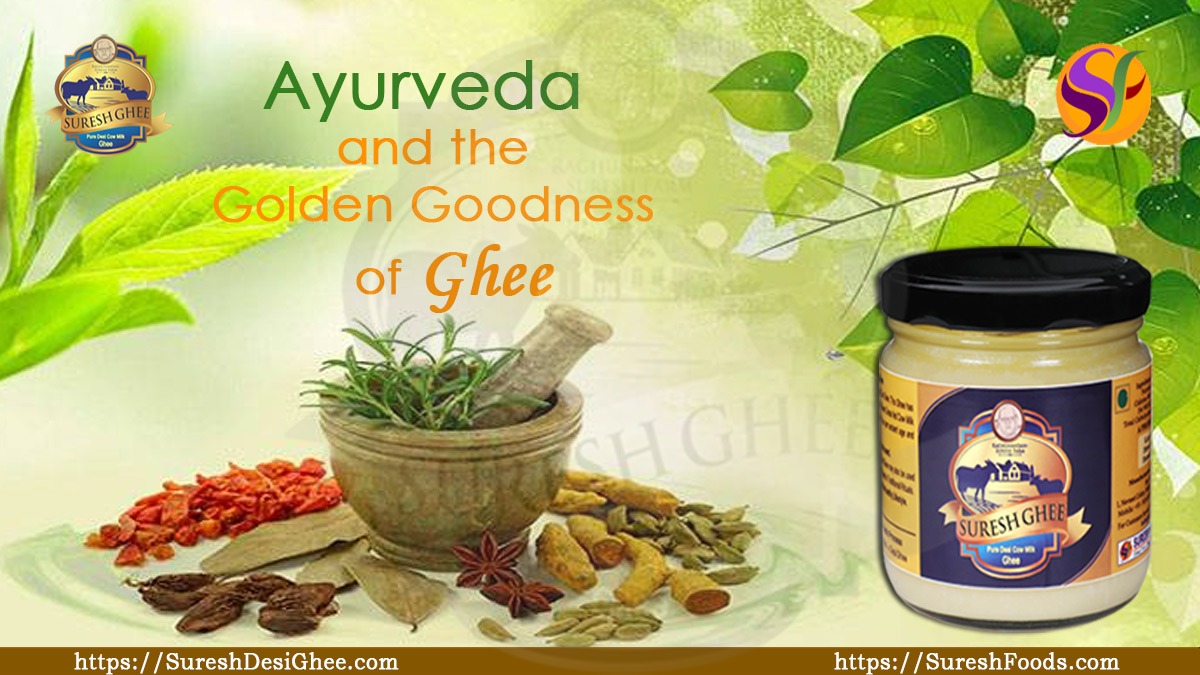
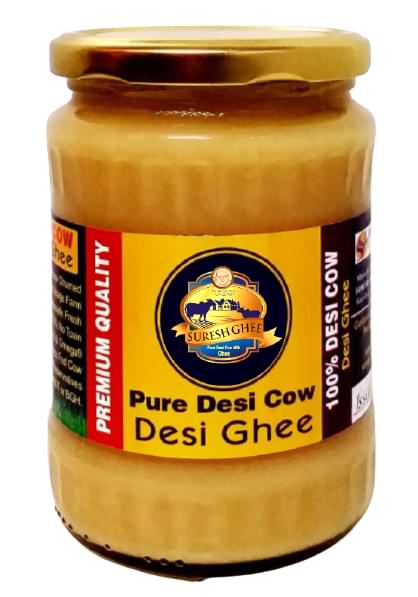
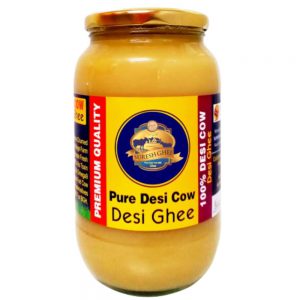
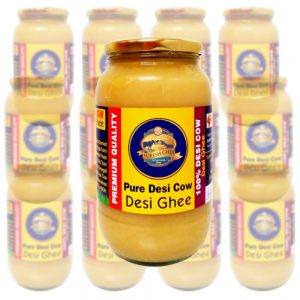
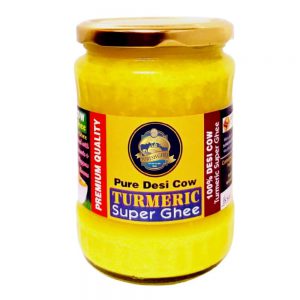
 WhatsApp us
WhatsApp us 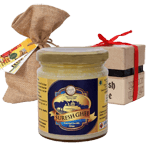
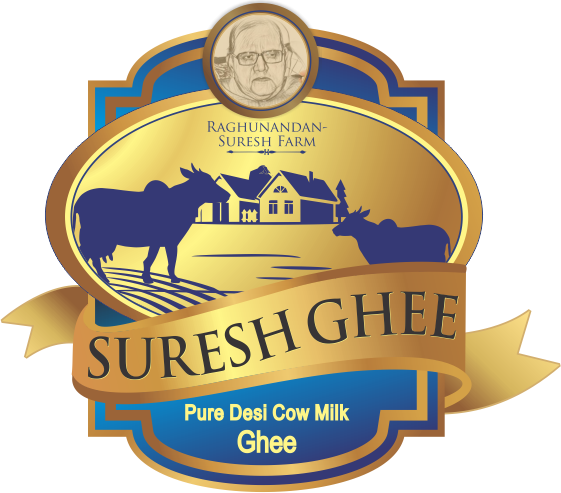
Naveen m...